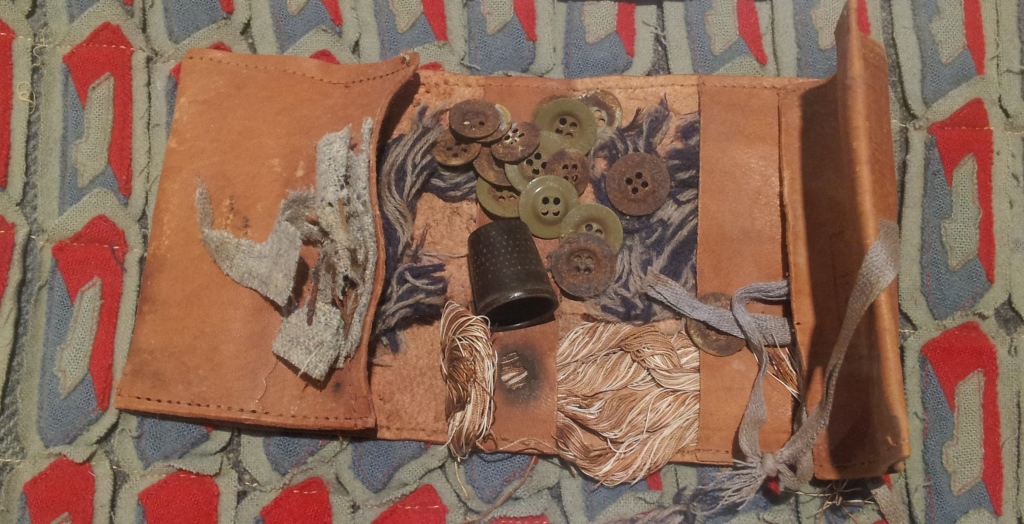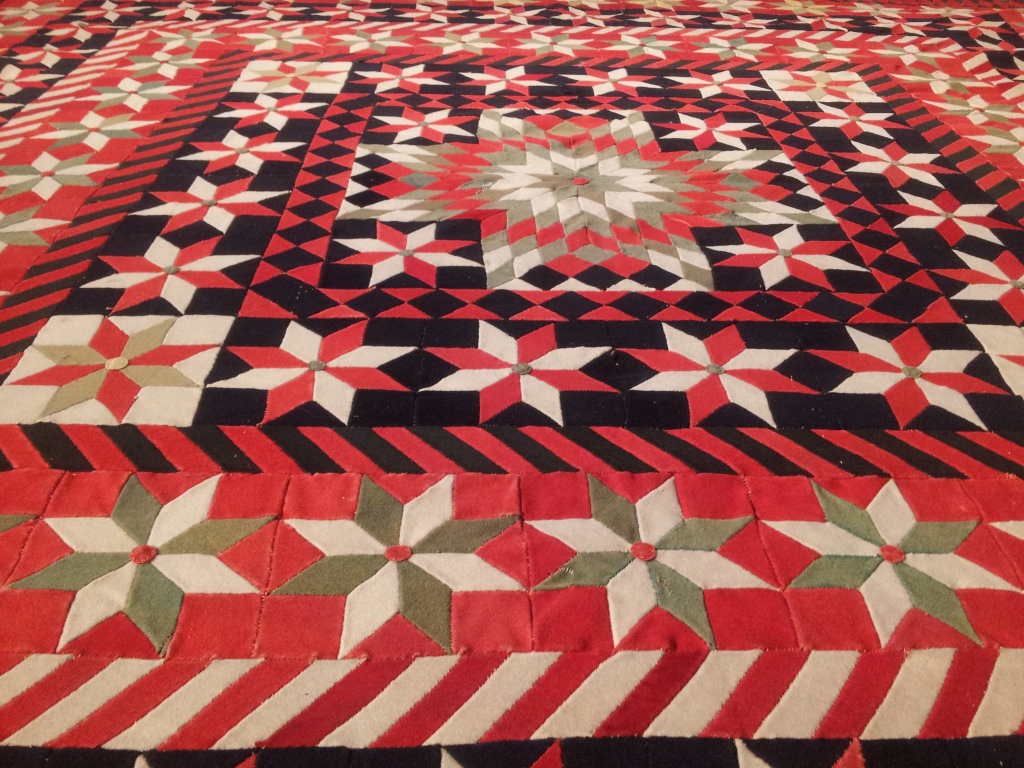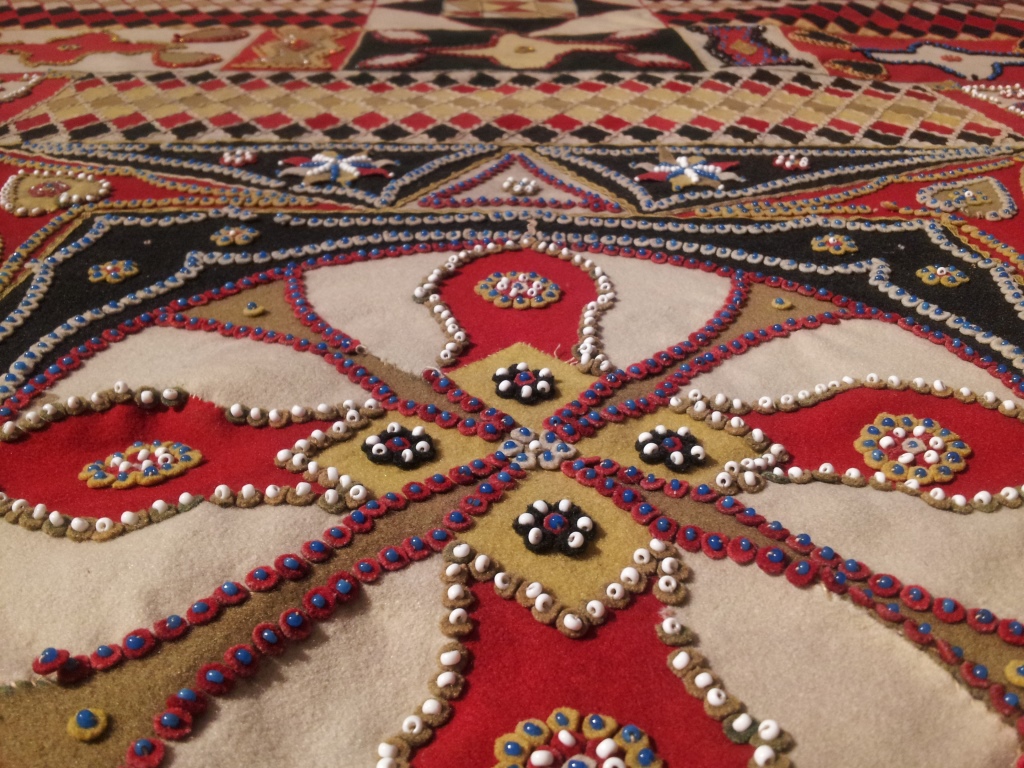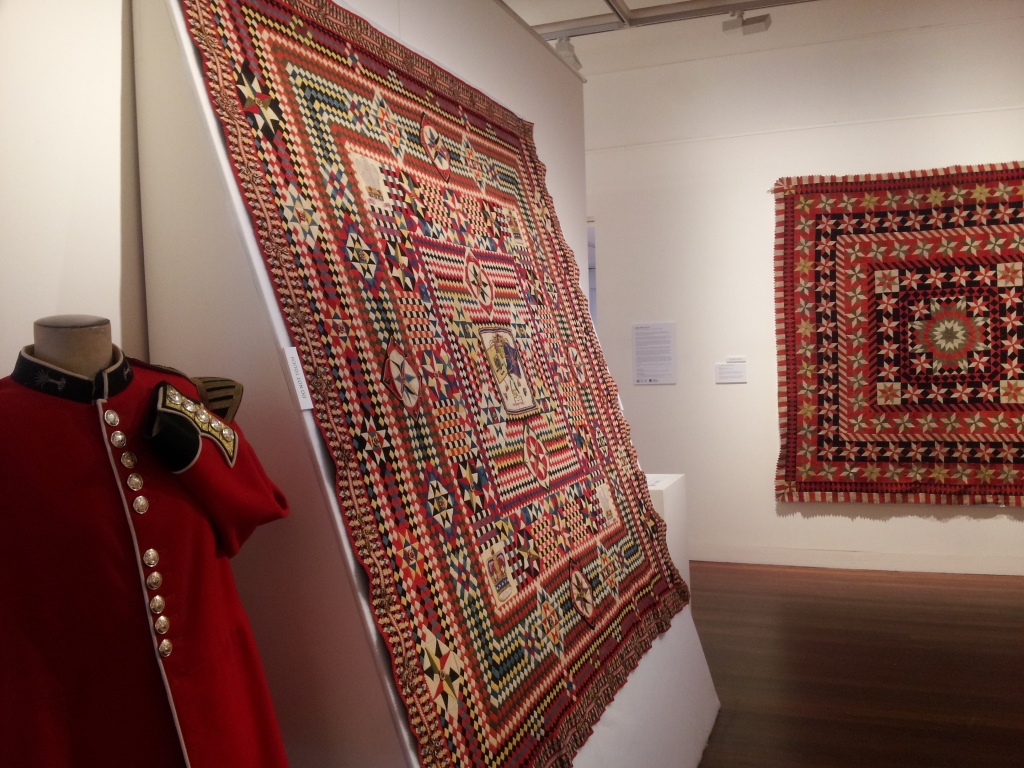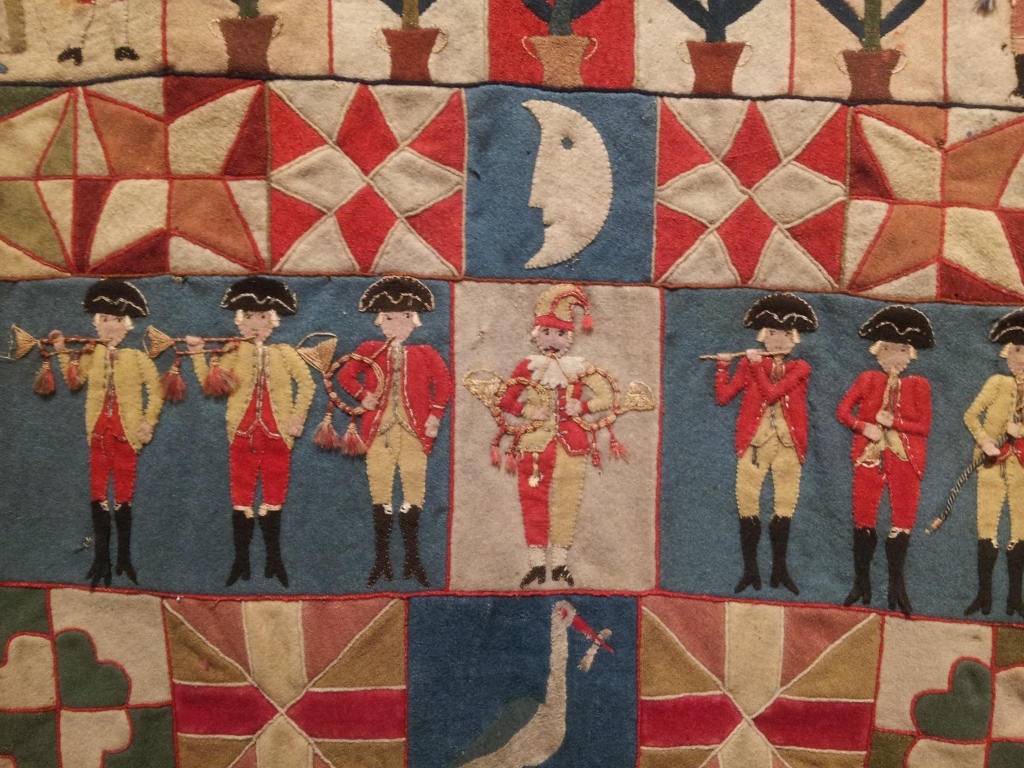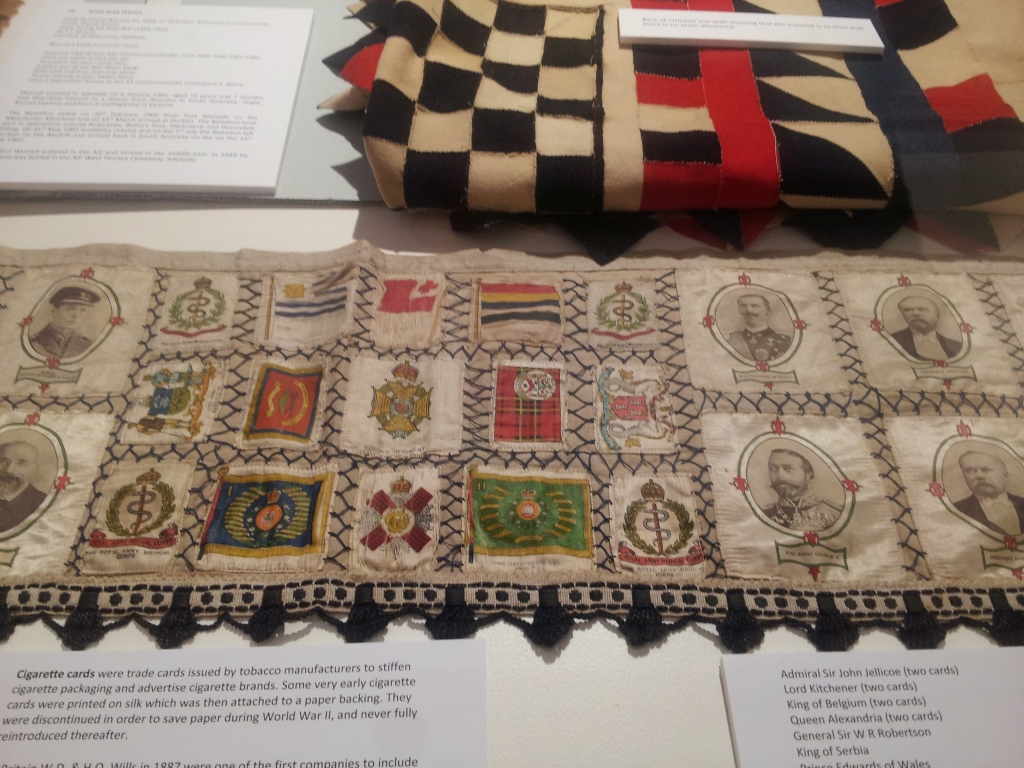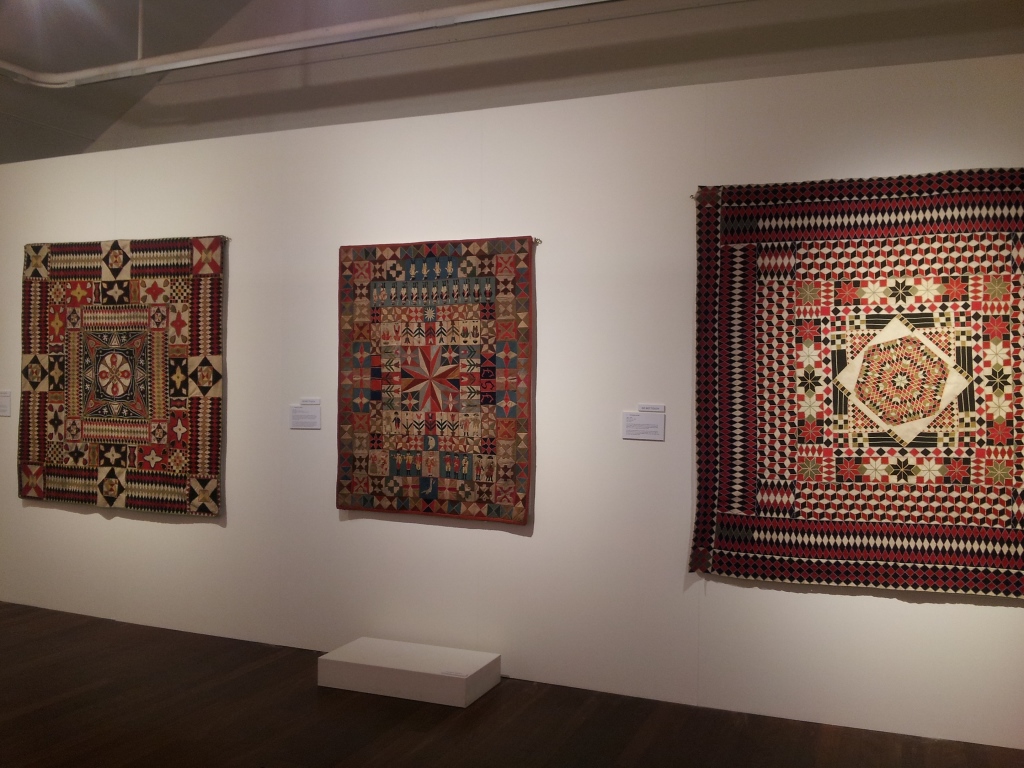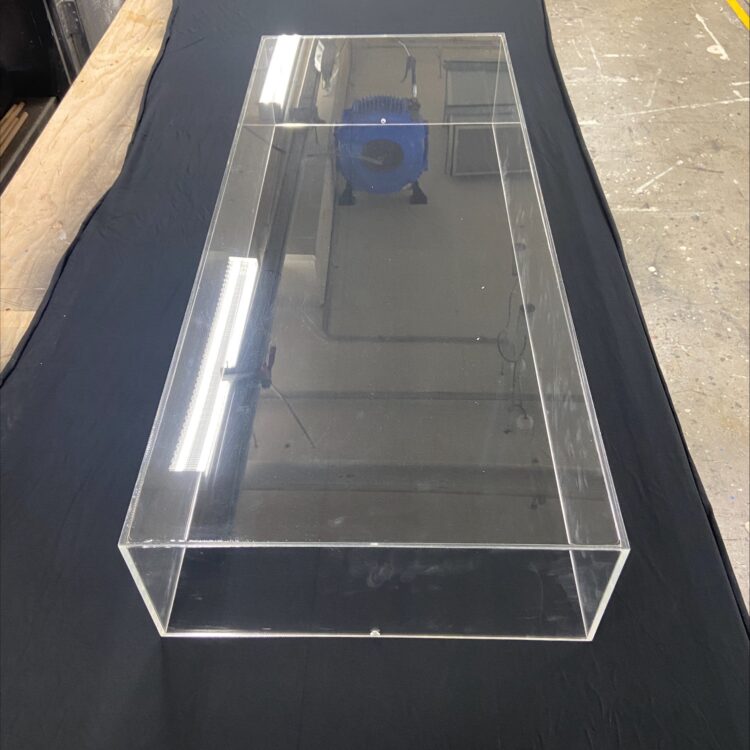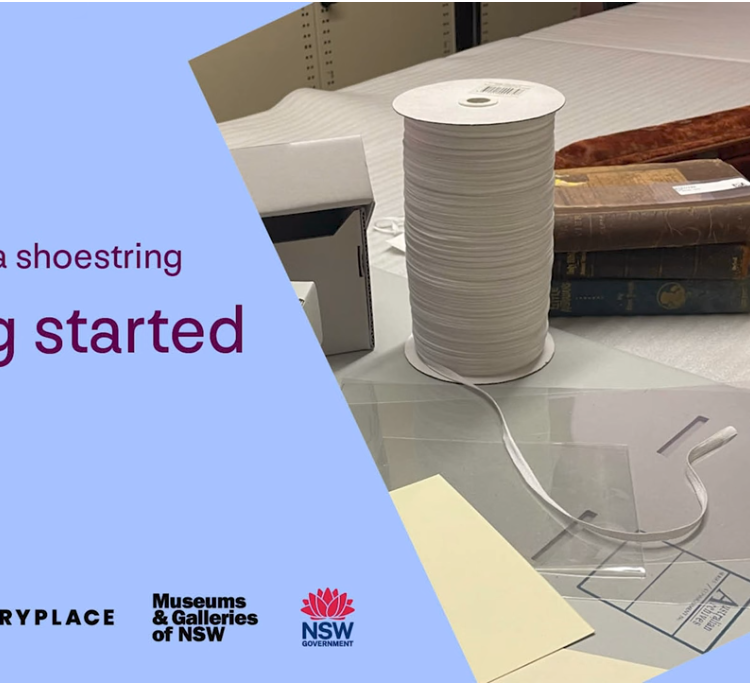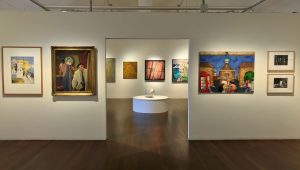Quilting is broadly pegged as the crafty by-practice born from frugal ‘mend and make do’ domestic culture when making clothes at home was a regular necessity. It is also almost exclusively considered the domain of women.
The exhibition War-time Quilts, however, casts a different spin on the role and production of quilts over war eras, and shows how the hands of men turned to quilting as a past-time in the midst of some of the most extreme conditions.
Derived from the Annette Gero collection and on display at Manly Art Gallery & Museum, the exhibition includes quilts and historical paraphernalia drawn from military combat as early as the Napoleonic Wars (1803-15), the Crimean War (1853-56), and World Wars I and II.
One of Australia’s leading quilt historians, Gero has been collecting and documenting historical quilts since 1982, and is the author of The Fabric of Society, a publication on the rich and diverse heritage in Australian patchwork quilts from our colonial beginnings.
“Many quilts related to war exist in Australia,” says Gero. These came to Australia with Prussian and other German settlers in the 1850s and through British migration.
This very rare collection of ‘war quilts’ are made by soldiers and prisoners of war using rugged and difficult textiles such as thick felt, heavy woollen serge or worsted twill; all scoured from disused uniforms, army blankets and other discarded military fabrics.
“Ordinary soldiers on active duty endured long stretches of boredom coupled with intense moments of terror overlaid with extremes of cold and heat, seeming endless toil and long separation from family and loved ones,” explains Gero.
“As a form of ‘Trench Art’, these rare and surprisingly beautiful artefacts were made by soldiers during protracted lulls in the fighting, while recuperating from war wounds or else when interred in prisoner-of-war camps.”
In contrast to the roughed khaki and worn camouflage fabrics you expect to see from war-time and depression era textile work, this exhibition shows a vibrant palette that military uniforms were made from prior to becoming more instrumental in concealment and attack tactics. The fine detail shows the depth and aptitude of skill that came from the makers of these war-time quilts, sometimes by dedicated regimental tailors.
Quilts such as the Soldier’s patchwork with many stars c. 1860-80, were likely made by an orderly for a high ranking officer and uses the colourful regimental dress uniform fabrics and finely cut fringing to create its flamboyant starburst design. Other examples such as the Beaded Soldier’s quilt from the same era have heavy beading detail layered on small circles of fabric which were the by-product offcuts from button-hole machines showing how frugal ingenuity and the hand-made were continuing to source from industrial production methods.
Other highlights include the Prussian Intarsia with Soldiers quilt from the period of Frederick the Great which is approaching 300 years old, or the Quilt with cigarette silks for covering the mantel sill made from printed silk cards, mostly of many admired World War I leaders and flag motifs. These cigarette cards were distributed by tobacco manufacturers as some of the first promotional collectable cards and also helped to stiffen packaging in the Edwardian era until World War II.
War-Time Quilts: Quilts from Military Fabrics from the Annette Gero Collection is on now until 22 November 2015 at Manly Art Gallery & Museum.
For more visit: mgnsw.org.au/events/war-time-quilts-quilts
Planning a visit? Don’t miss Stars + Stripes also on now at Manly Art Gallery & Museum: mgnsw.org.au/events/stars-stripes

